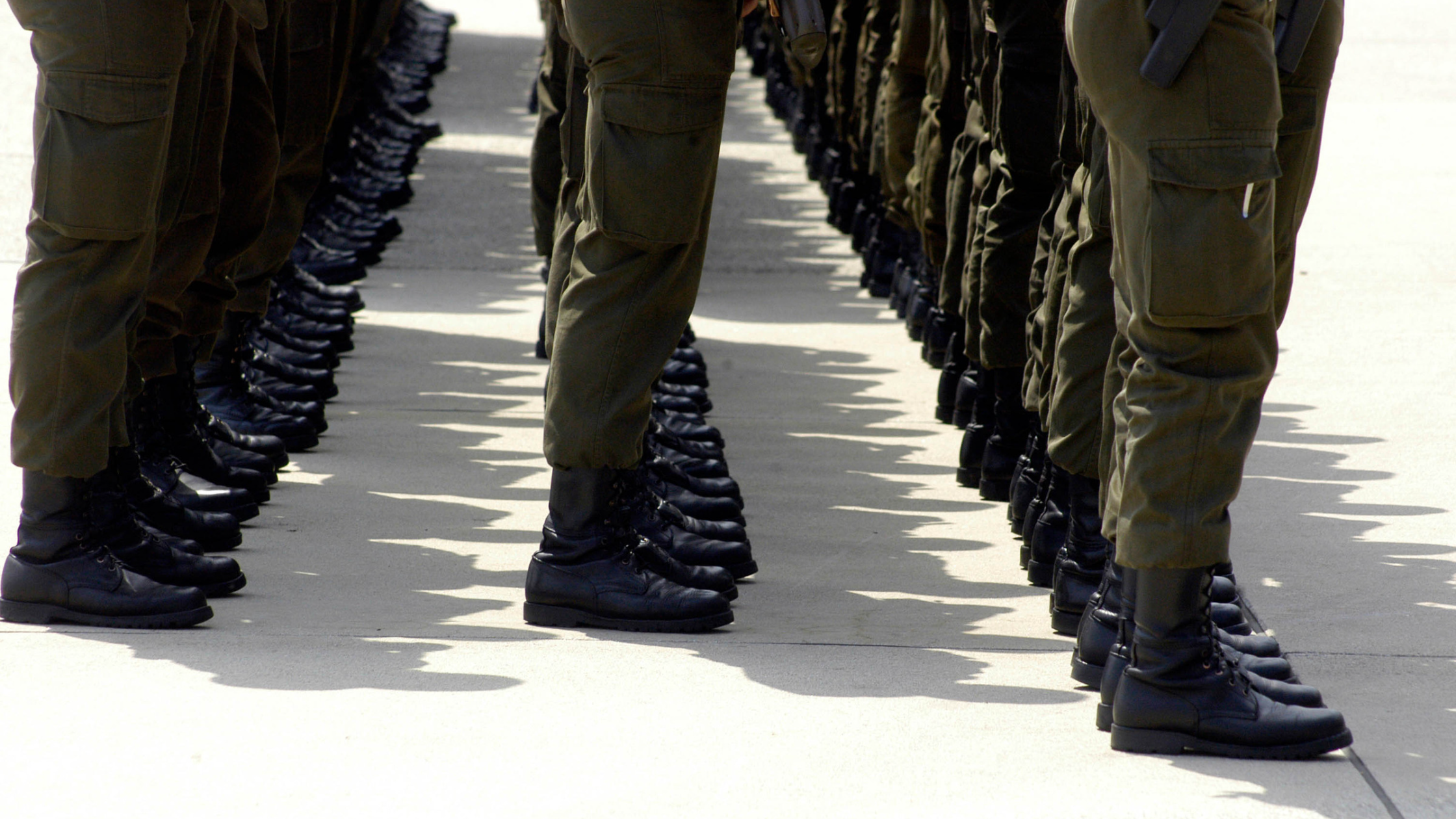Education Under Occupation: Obligations of the Occupying Power
DOI:
https://doi.org/10.5281/zenodo.7117108Keywords:
Palestine, military occupation, International Humanitarian Law, SDGs, SDG 10, SDG 16Abstract
This article is part of the series Education under Occupation, which explores the legal responsibilities of Israel with respect to the Palestinian population living under the military occupation. In the first part, we considered the framework of International Humanitarian Law, including a short tour through its history and applicable normative bodies. In the present article we will explore the obligations of the occupying power with specific attention to children’s access to education and we will present data and statistics reflecting daily restrictions to the realisation of the right to education. This study pertains to the situation in Israel and Palestine, specifically to the military occupation of Palestine by Israeli forces.
References
● Anderson, K. (2016). Israel's views on the application of the IHL to the West Bank and Gaza Strip . Retrieved 07
, 2016, from Crimes of War:
● Asamblea General - Consejo de Derechos Humanos de Naciones Unidas. (2009). Informe de la Misión de
Investigación de las Naciones Unidas sobre el Conflicto en Gaza. United Nations.
● Beit Sourik Village Council vs The Government of Israel (2004).
● CPT-Palestine. (2015). Quarterly Report: December 2014 to March 2015. Hebron/Khalil: CPT-Palestine.
● DCI - Palestine. (2016, May 07). Radis, tear gas, and a burned house: Three West Bank school days . Retrieved
Julio 20, 2016, from Defense for Children International - Palestine:
http://www.dci-palestine.org/raids_tear_gas_and_a_burned_house_three_west_bank_school_days
● DCI-Palestine. (2017, 04 1). Military Detention . Retrieved from Defense for Children International:
http://www.dci-palestine.org/issues_military_detention
● Education Cluster. (2014). Case studies on protecting the right to education: the Occupied Palestinian Territory
and the Democratic Republic of Congo. Education Cluster.
● Ferraro, T. (2012). Determininig the beginning and end of an occupation under international humanitarian law.
Internatonal Review of the Red Cross.
● ICRC. (2005). Derecho Internacional Humanitario - Respuestas a sus preguntas. Ginebra: ICRC.
● Jabrain, S. (2013). The Occupied Palestininan Territory and international humanitarian law: a response to
Peter Maurer. International Review of the Red Cross. doi:10.1017/S1816383114000216
● Kretzmer, D. (2012). The law of belligerent occupation in the Supreme Court of Israel . International Review of
the Red Cross.
● Military Court Watch. (2016). Children in Israeli military Detention. Jerusalem: Military Court Watch.
● Military Court Watch. (2017, 04 04). Statistics. Retrieved from Military Court Watch:
http://www.militarycourtwatch.org /
● UNICEF. (2012). Children Affected by Armed Conflict bulletin. UNICEF.
● UNRWA. (2016). Half of UNRWA schools affected by conflict in the last five years . Retrieved 07 28, 2016, from
http://www.unrwa.org/newsroom/press-releases/half-unrwa-schools-affected-conflict-last-five-years
● WCC-EAPPI. (2013). Education under Occupation. (M. Quintero, & N. Muaddi, Eds.) Geneva: Ecumenical
Accompaniment Programme in Palestine and Israel. doi:978-2-8254-1590-0
● WCC-EAPPI. (2016). Ensuring safe access to schools under occupation; Attacks on schools and denial of
access to education. Jerusalem: WCC-EAPPI.

Downloads
Published
How to Cite
Issue
Section
Categories
URN
License
Copyright (c) 2020 Marcos Knoblauch

This work is licensed under a Creative Commons Attribution-NonCommercial 4.0 International License.
All authors who publish their work in this journal give their patrimonial rights in favor of the JMSHRS on a non-exclusive basis. This means that authors may enter into other independent and contractual agreements to disseminate their text published in this journal. Such as, for example, including it in an institutional, thematic or other repository, publishing it in a book, or other digital or physical media, as long as they explicitly indicate that the work was first published in this journal.
The responsibility for the content of each published work corresponds exclusively to the authors themselves, excluding the editors from any legal responsibility.
The contents of the journal will be disseminated under a Creative Commons Attribution-NonCommercial 4.0 International (CC BY-NC 4.0). All issues are open access (OA) from the moment of publication.




